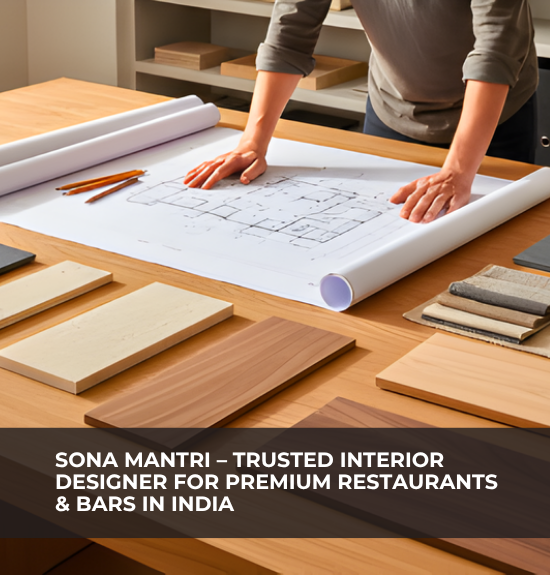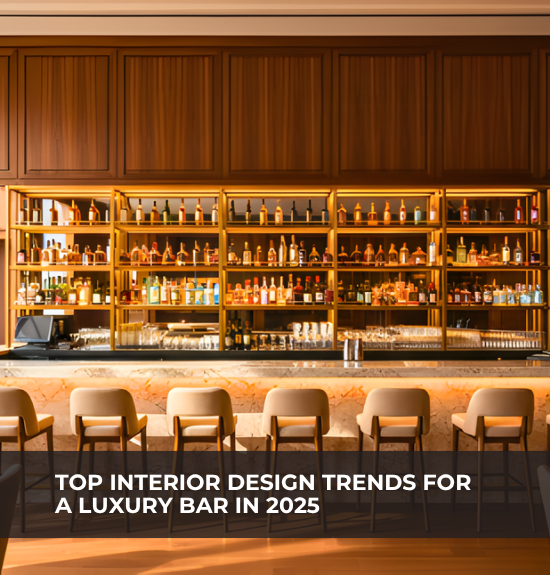How to Use Local Culture and Regional Elements in Restaurant Interior Design
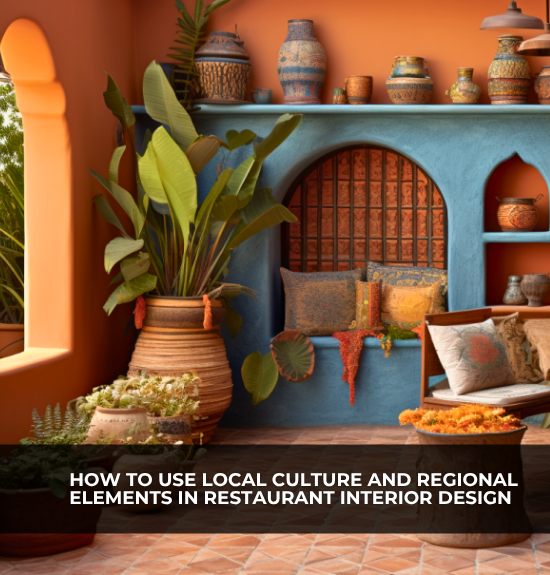
In the crowded landscape of restaurants and dining spaces, one thing remains clear: customers don’t just want good food—they want an experience. And what better way to create an unforgettable experience than by anchoring your restaurant design in the rich heritage and culture of its location? This is the power of localisation. It’s not just about aesthetics; it’s about creating a space that tells a story, resonates with your guests, and connects them to a sense of place.
Why Localisation Matters
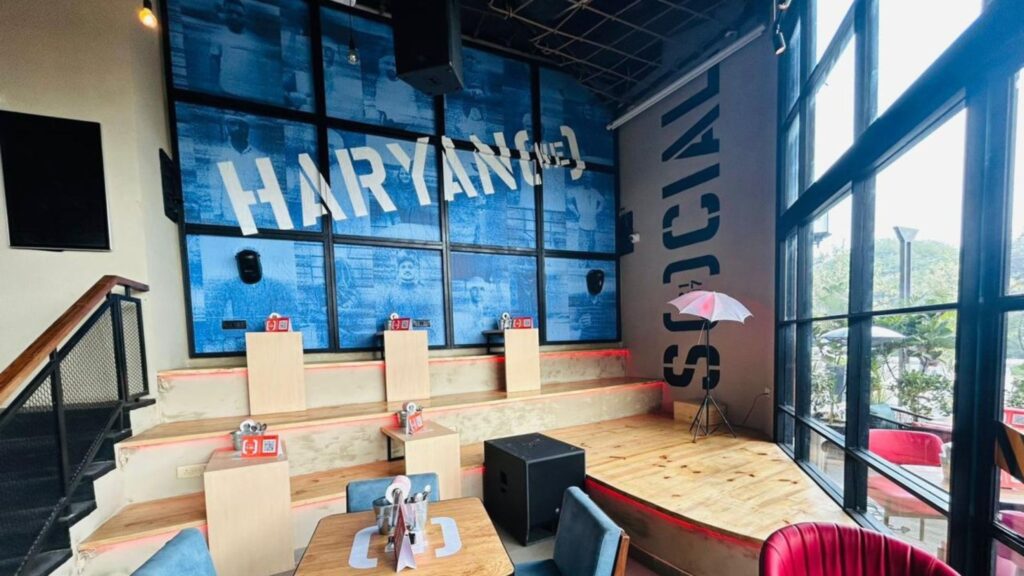
Diners today crave authenticity. Whether it’s travellers looking for a taste of the local culture or residents seeking pride in their community, the localized design provides a sense of belonging and identity. Restaurants that successfully infuse regional elements into their spaces become destinations—places people talk about, share on social media, and remember long after their visit.
Localisation in design helps a restaurant go beyond being just a dining space. It becomes an immersive experience. From the materials used to the art on the walls, every detail can contribute to making your restaurant feel like a natural extension of its surroundings.
How to Incorporate Regional Elements into Your Design

- Celebrate Local Craftsmanship: Incorporate artisanal work that highlights local traditions. Whether it’s handcrafted tiles, woven textiles, or intricate woodwork, these elements lend authenticity to your space while supporting the community.
- Use Locally Sourced Materials: Materials like stone, wood, or even recycled materials sourced from the region not only add a sustainable touch but also reflect the area’s natural beauty.
- Take Inspiration from Regional Architecture: Draw ideas from local architectural styles, whether it’s the arches and domes of Rajasthan, the bamboo and cane structures of Kerala, or the colonial influences of Goa. Subtle nods to these styles can bring a sense of familiarity and charm.
- Infuse Cultural Motifs and Art: Murals, patterns, and motifs inspired by local stories or legends can add a unique touch to your space. For example, a restaurant in Gujarat could use vibrant bandhani prints, while one in Tamil Nadu might feature kolam-inspired designs.
- Align with Regional Colors and Textures: Colours and textures have the power to set the tone of your restaurant. Think earthy tones for spaces inspired by Rajasthan’s deserts or the blues and whites of coastal Greece for seaside-themed locations.
- Narrate a Local Story or History Through Design: Every location has its own unique history or cultural significance—why not weave that story into your restaurant’s design? This not only creates a deeper emotional connection with your audience but also gives them a reason to remember and talk about your space. For example, in the design of Bata Chowk Social in Faridabad we integrated foundry which not only celebrates the locality’s essence but also stands out as a destination with a story. At Dominos, the movable pivot graphics can be changed according to the festivals is another example. Also at Pizza Express, Vasant Kunj, the blue pottery of the area has been localised on the walls of the space.
Benefits of Localisation in Design

- Creates Emotional Connection: Guests feel a deeper connection to spaces that celebrate their culture and heritage.
- Enhances Brand Identity: A localized design helps your restaurant stand out, giving it a distinctive story that draws attention.
- Supports the Local Economy: By incorporating local craftsmanship and materials, you contribute to the community’s growth.
- Encourages Social Media Shares: Authentic, regionally inspired designs are highly Instagrammable, attracting more visibility online.
- Builds Loyalty: When customers feel connected to your space, they’re more likely to return and recommend your restaurant.
The Fine Balance: Authenticity vs. Stereotypes
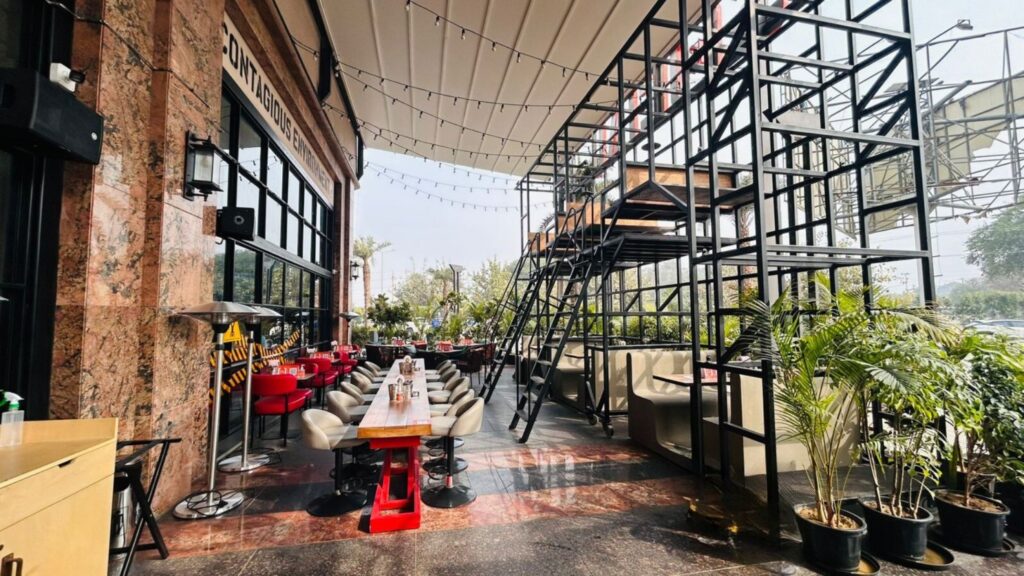
Localisation doesn’t mean overloading your space with clichés. Avoid turning your restaurant into a caricature of the region. Instead, focus on subtle, meaningful details that reflect the essence of the culture while maintaining a sense of modernity and elegance.
For example, instead of plastering walls with cultural symbols, use them sparingly as accents. The goal is to evoke a sense of place, not overwhelm the senses.
Crafting Stories Through Design
Every restaurant has a story to tell, and localisation is a powerful way to do it. By grounding your space in the cultural and natural elements of its surroundings, you create a unique dining experience that resonates with guests on an emotional level.
Are you ready to transform your restaurant into a destination rooted in its region’s essence? SprintCo is here to help you craft a space that tells your story. Reach out today and let’s make it happen.


 Back to Insights
Back to Insights

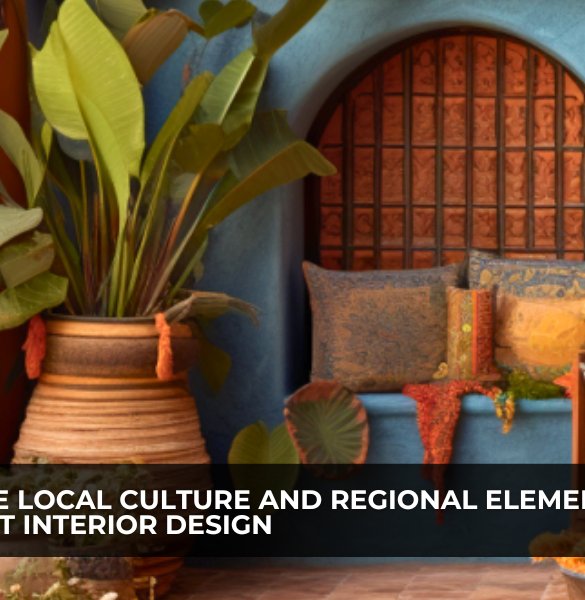
 Prev
Prev
